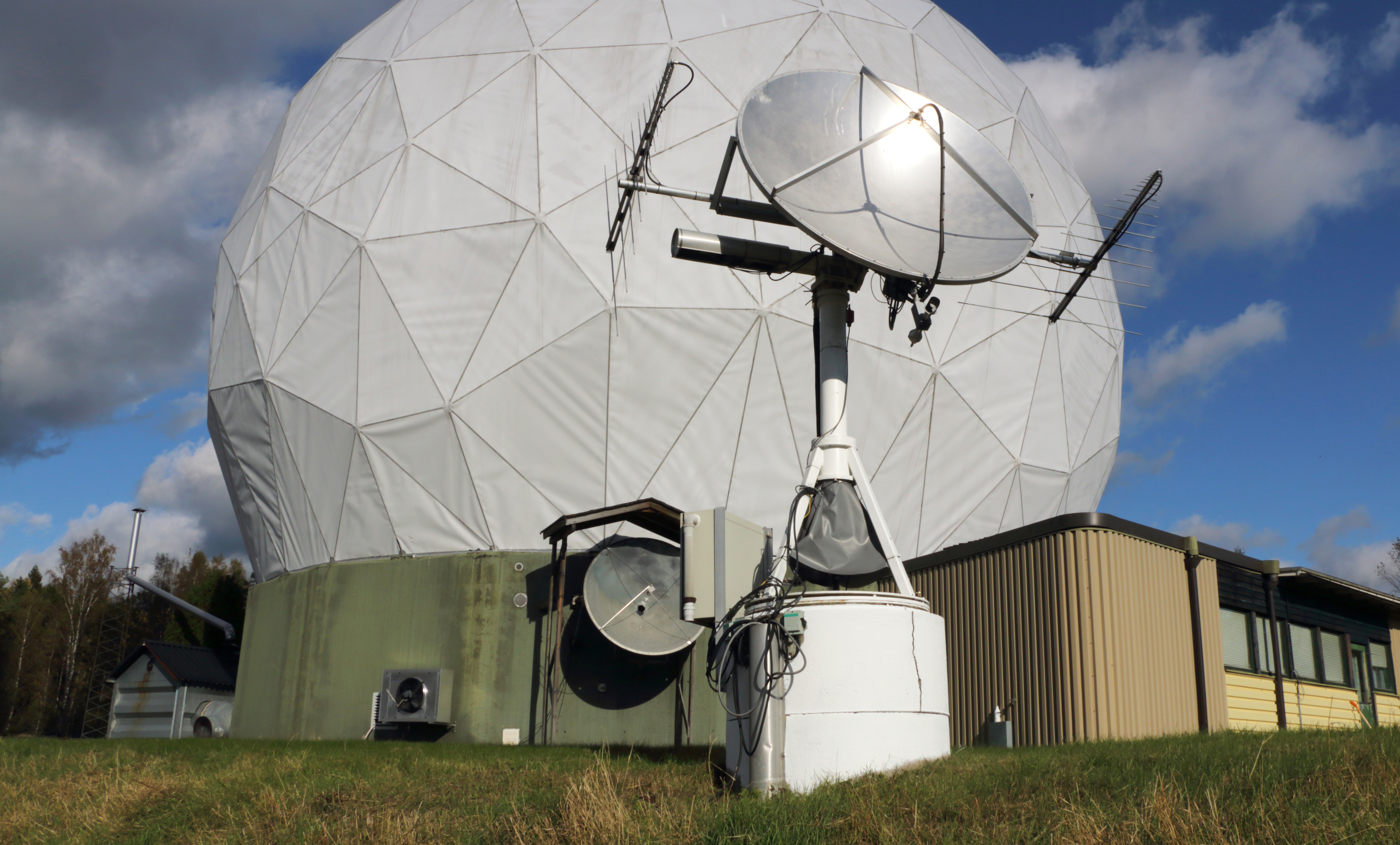
LEARNING OUTCOMES
- After this course the student knows how radio astronomy can be used to study astronomical objects, how radio astronomy complements the data collected with other instruments, and where radio astronomy is the only/superior method for collecting data.
- The student understands the basic principles of radio telescopes and receivers, from radiometers to bolometers, as well as the various observing methods.
- She/he can plan and even conduct an observing session at a radio telescope for a given astronomical problem.
- The student identifies the challenges that radio astronomy faces with the increasing electromagnetic interference, as well as the efforts to avoid them.
- She/he is able to describe the current developments and future prospects in radio astronomy.
Credits: 5
Schedule: 10.01.2022 - 13.04.2022
Teacher in charge (valid for whole curriculum period):
Teacher in charge (applies in this implementation): Anne Lähteenmäki, Merja Tornikoski
Contact information for the course (applies in this implementation):
CEFR level (valid for whole curriculum period):
Language of instruction and studies (applies in this implementation):
Teaching language: English. Languages of study attainment: English
CONTENT, ASSESSMENT AND WORKLOAD
Content
valid for whole curriculum period:
- Fundamentals of astronomy and radio astronomy. Radio astronomy in Finland.
- Radio astronomy antennas and receivers.
- Single-dish radio astronomy and observing methods.
- Very Long Baseline Interferometry.
- Radio emission from the Sun, Galactic objects and extragalactic sources.
- Cosmic Microwave Background.
- Life in the Universe and search for intelligence.
- Radio frequency & electromagnetic interference.
- Future of radio astronomy.
Assessment Methods and Criteria
valid for whole curriculum period:
Exercises, learning assignments, observation work, examinations
Workload
valid for whole curriculum period:
Contact hours 48 h (2 x 2 h per week). Independent work: observation work 10 h, exercises and learning assignments 57 h, examination and preparation 20 h.
DETAILS
Substitutes for Courses
valid for whole curriculum period:
Prerequisites
valid for whole curriculum period:
FURTHER INFORMATION
Further Information
valid for whole curriculum period:
Teaching Period:
2020-2021 Spring III-IV
2021-2022 Spring III-IV
Course Homepage: https://mycourses.aalto.fi/course/search.php?search=ELEC-E4530
Registration for Courses: In the academic year 2021-2022, registration for courses will take place on Sisu (sisu.aalto.fi) instead of WebOodi.
WebOodi
